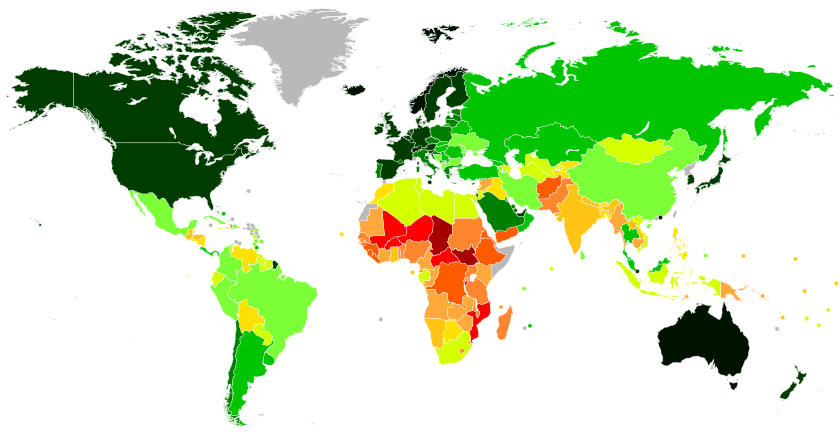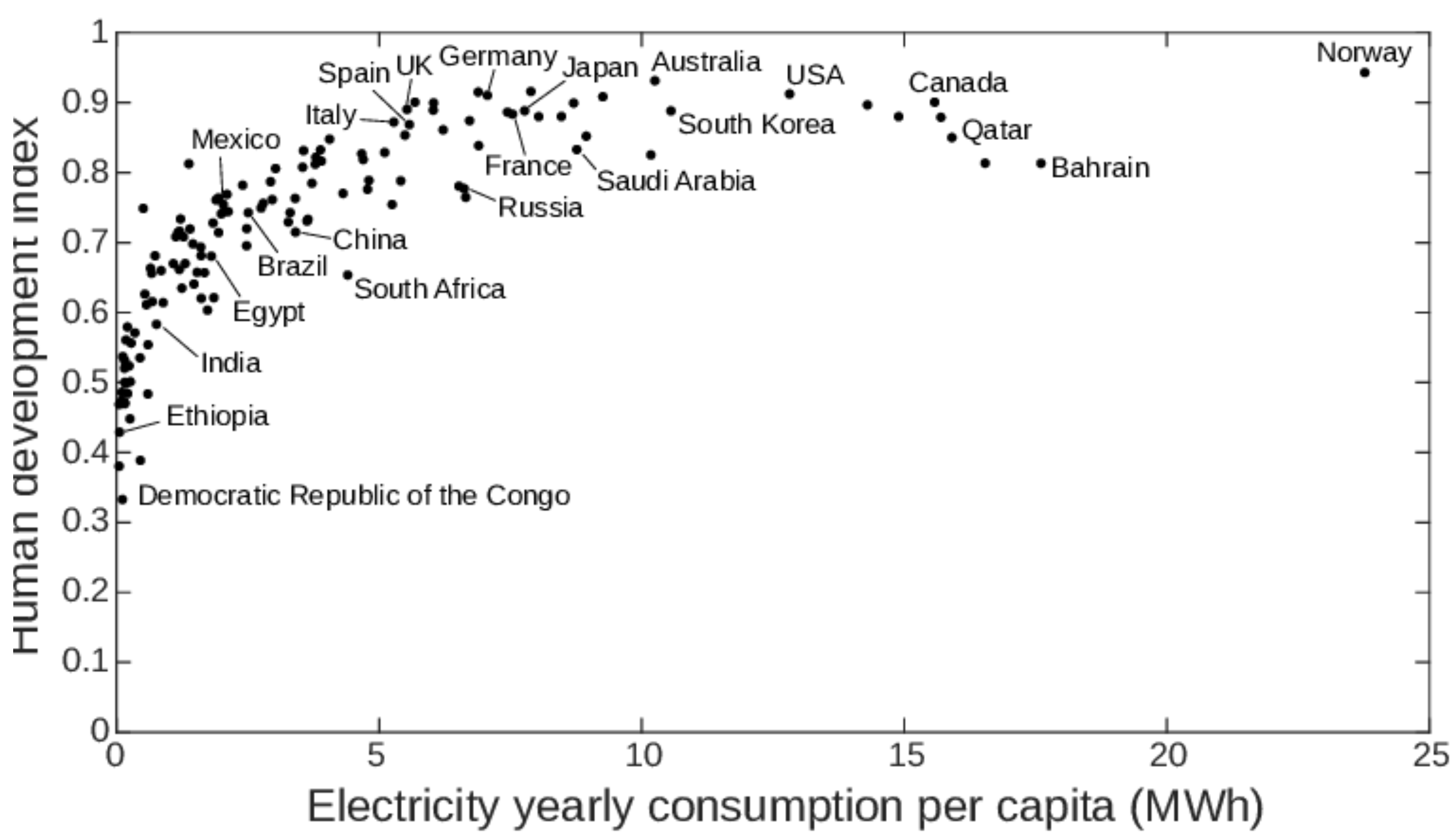ChEn 433 Introduction
David Lignell
Class 1
Personal introduction, family

Personal introduction, family
Isaac++ 
Luke 
Aleah 
Andrew+ 
Energy forms
Work with your neighbor to list as many forms of energy production technologies as you can.
- Hydro
- Wind
- Solar
- Thermal
- Photovoltaic
- Geothermal
- Tidal, wave
- Nuclear
- Fission
- (Fusion)
- Combustion
- Coal
- Natural gas
- Biomass
- biodiesel
- wood, grass, etc.
- ethanol
- Hydrogen
Categorize as renewable or non-renewable
Which ones are the most important?
Guiding principles
The immature human position is that of a child, taking, thoughtlessly, thinking of the Mother Earth as being the all-forgiving, all-abundant, all-giving being that she has been for us. But at some point, if we don’t bring something back to the table, the table will be empty. —Jean Aspen
Energy is all over the news
- Try it: go to a news site, any news site, and click the search button: “energy”
- Google “energy” and click on the “News” button.
Video 1
- Discuss with a group.
- What do you think about this video?
- Is it good or bad?
- What did they get right? Did they misrepresent
anything?
- Won’t need to spend fortunes protecting investments…
- Trillions of taxpayer dollars are freed up…
- Smog and greenhouse gases plummet.
- Public health improves.
- cooling towers look like they are giving off emissions.
Video 2
- Discuss with a group.
Energy and standards of living
- Energy availability (and technology influencing it, and enabled by it) has increased standards of living, lifespans, and reduced poverty.
- Human development index (life expectancy, education, income)


https://www.researchgate.net/figure/HDI-vs-electricity-consumption-2-40-46_fig4_315794998
- HDI is strongly correlated with energy consumption
- Note the long tail toward the right though.
- Note the very fast increase with energy on the left.
- Where is the sweet spot?
Commentary
The breakdown in correlation between energy-use and GDP reflects the nature of the economies of the respective countries. Some countries are clearly in the growing phase and relying heavily on industrialization. Others, like the United States, have been essentially in a deindustrialization mode characterized by a shift from a manufacturing to a services economy. Ireland’s remarkable economic transformation during the past 20 years was enabled by its efforts to develop infrastructure and education facilities, which enabled growth of its semiconductor industry. This industry has much lower energy intensity than, say, steel or concrete manufacturing. At any given time the world as a whole cannot count solely on the low energy intensity of the services industry; some- one must produce the steel, concrete, aluminum, glass, and other energy-inten- sive goods and thus supply the energy required for those operations. Thus, the need for ever increasing energy-efficient technology remains. –A Cubic Mile of Oil, page 239
Discussion
What are some of the key issues that we will be discussing as we consider energy?
- Economic considerations
- Resource limitations
- Complexity
- Safety
- Regional availability
- Public perception
- Political interests
- Historical momentum, existing infrastructure
- Workforce availability
Values and tradeoffs are the name of the game
- It’s very easy to be extreme.
- NIMBY
- BANANA/CAVE
- Drill baby Drill
- Remain open-minded. Avoid uniformed opinions. Wear your thinking cap.
- As engineers we can develop a much deeper
understanding, and informed and nuanced approach to the problem of
energy.
- We can communicate that with others.
- Opportunity and responsibility.
- People will trust you because of your degree. Be careful with the trust you are given.
- We can communicate that with others.
- There are no simple answers. If there were, we would not be having this discussion.